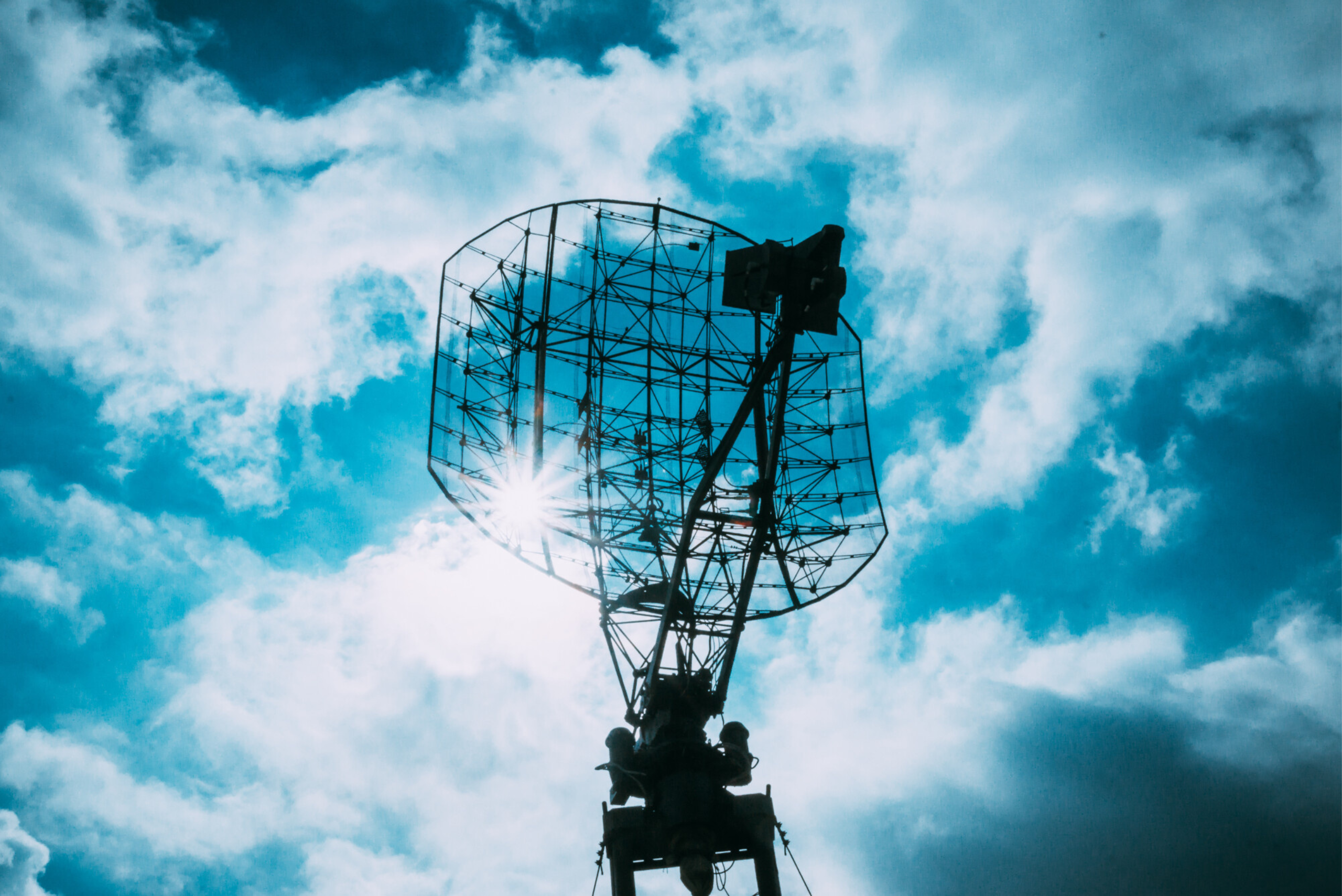A Look at The Impact of Radio Technology on Military Applications
December 27, 2022

Radio technology has been around for over 100 years, and during that time, it has evolved into a vital tool for both the military and civilians. We use radio technology in everything from cell phones to televisions, and it plays a crucial role in all aspects of our lives.
The History of Radio Technology and Its Military Applications
Radio technology has a long and fascinating history, dating back to the late 19th century. In its earliest form, we used radio primarily for communications, such as sending telegraph messages. It soon became apparent that we could use radio waves for other purposes.
In 1895, German physicist Heinrich Hertz showed that we could use radio waves to create sparks. Within a few years, we started using radio for everything from powering light bulbs to providing entertainment.
During World War I, radio technology was vital in coordinating military operations. During this conflict, they established the first-ever radio intelligence (R.I.) unit. They tasked this unit with intercepting and decoding enemy radio transmissions, giving commanders a critical advantage on the battlefield.
Radio technology continued to evolve during World War II, with advances in communications and radar helping to turn the tide of the conflict in favor of the Allies.
In the years since, radio has become an essential part of civilian and military life, playing a vital role in everything from weather forecasting to air traffic control. Thanks to its many applications and ability to operate in hostile environments, radio remains an essential tool for the military.
Recent Advances in Radio Technology
In the past few years, there have been significant advances in radio technology. One area of particular interest is the development of software-defined radios (SDRs). SDRs are radios that can be reconfigured by software, making them more adaptable and versatile than traditional radios.
This flexibility means that we can use SDRs for various applications, including:
- Communications
- Navigation
- Electronic warfare
The military is interested in SDRs because they offer the potential to significantly improve the effectiveness of radio communications and other battlefield operations. In particular, they can use SDRs to better develop new “smart” munitions to target enemy forces.
The use of SDRs would also allow the military to reduce its reliance on costly and vulnerable satellites for communications and navigation. The development of SDRs is likely to impact the future of warfare significantly.
Military Strategy and Defense
Radio technology has a profound impact on the conduct of warfare. Historically, we fought wars mainly through face-to-face combat between opposing forces.
The development of radio communications and other long-range weaponry has meant that wars are often fought at a distance, with troops rarely engaging in direct combat. This has had several implications for military strategy and defense.
Electronic Warfare
The use of radio waves for military conflict is known as electronic warfare. We use this technology in several ways, including:
- Jamming enemy communications
- Gathering intelligence
- Guiding missiles to their targets
While electronic warfare has been employed in one form or another for many years, its importance has only grown recently. As the world becomes increasingly interconnected, the ability to disrupt or intercept communications is critical in the arsenal of any nation engaged in conflict.
Concept of Strategic Bombing
In the past, we used bombers primarily to target enemy troops and infrastructure.
The development of long-range bombers and precision-guided munitions meant that these aircraft could now be used to target an adversary’s political and economic assets. This led to developing new strategies, such as “shock and awe,” to disable an enemy’s ability to wage war by targeting its critical infrastructure.
Long-Range Missiles
The development of long-range missiles and other forms of weaponry made it more difficult for nations to defend their territory. This led to developing new strategies, such as “active defense,” that seek to intercept incoming missiles before they reach their targets.
Long-Range Communications
Long-range communications and other forms of technology made it easier for militaries to coordinate their operations. This led to the development of new types of warfare, such as “network-centric warfare,” that seek to take advantage of the increased connectivity of modern military forces.
Radio technology has had a significant impact on warfare and is likely to continue to do so in the future. As such, the military must stay abreast of the latest developments in this field and adapt their strategies and defenses accordingly.
Radiofrequency
SDRs are not the only recent advances in radio technology. For example, Radiofrequency (RF)ID tags have also been developed that can be used to track people, equipment, and vehicles. These tags use radio waves to transmit information about their location and identity.
RFID tags offer the potential to improve the efficiency of military operations by allowing commanders to quickly and easily locate assets and personnel. They also offer the potential to improve security by allowing the military to track the movements of enemy forces.
Modern Warfare
Today, radio is an integral part of modern warfare. We use military radios for everything from coordination between units to communicating with aircraft and drones.
Radio waves can also detect enemy forces’ presence, making them an essential tool for battle planning. In addition, we used radio technology recently to develop new weapons, such as directed-energy weapons.
This technology uses radio waves to create a powerful electromagnetic field that can disable electronic equipment and even cause physical pain to human beings. Radio technology will likely play an even more critical role in future conflicts as technology evolves.
Common Issues
There are several issues that can arise when using this type of technology. One issue is interference.
This can occur when two or more radio signals are transmitted simultaneously, causing the signals to become garbled or difficult to understand.
Another issue is interference from electronic devices. This can happen when electronic devices emit electromagnetic radiation that interferes with radio signals.
Finally, static electricity can also cause problems for radio equipment. When static electricity builds up on a radio antenna, it can disrupt the signal and make it difficult to receive or transmit communications.
However, the biggest problem the military faces is the global chip shortage. Since COVID, the world has seen a significant shortage of semiconductors.
Semiconductors are necessary for every aspect of technology, including radio technology. We see them in the screens of our phones, the processors in our laptops, and even in the chips that power our cars.
The global chip shortage has caused a major problem for the military. Many military applications require semiconductors, and the shortage has made it difficult to obtain these components.
This has led to delays in several military projects and even forced some programs to be canceled. The chip shortage will likely continue for the foreseeable future, and it will have a major impact on the military’s ability to use radio technology. R
The Department of Defense recognizes the risk of possible security vulnerabilities and has made it a top priority to expand our domestic microelectronics infrastructure through the Microelectronics Commons prototype.
Current Opportunities in Radio Technology and Military Contracts
Despite the challenges the military faces, there are still opportunities in radio technology.
The military is always looking for new ways to improve its communications systems. This includes developing new radios, improving existing radios, and finding new ways to use radio waves.
One area that the military is currently exploring is using Radio Frequency systems in military electronics.
High-performance radio frequency systems are essential for the military. They enable soldiers to communicate with one another and coordinate their efforts in the field. However, these systems are also very expensive.
A way to reduce costs is to allow the public sector to access these systems. This would enable businesses and other organizations to use them for their own purposes, which would, in turn, help to reduce the cost of these systems for the military.
There are a number of benefits that would come from this arrangement, including increased competition and innovation in the development of these systems.
In addition, it would allow the military to focus on its core mission rather than having to worry about managing and regulating these systems. Ultimately, this could lead to better outcomes for both the military and the public sector.





